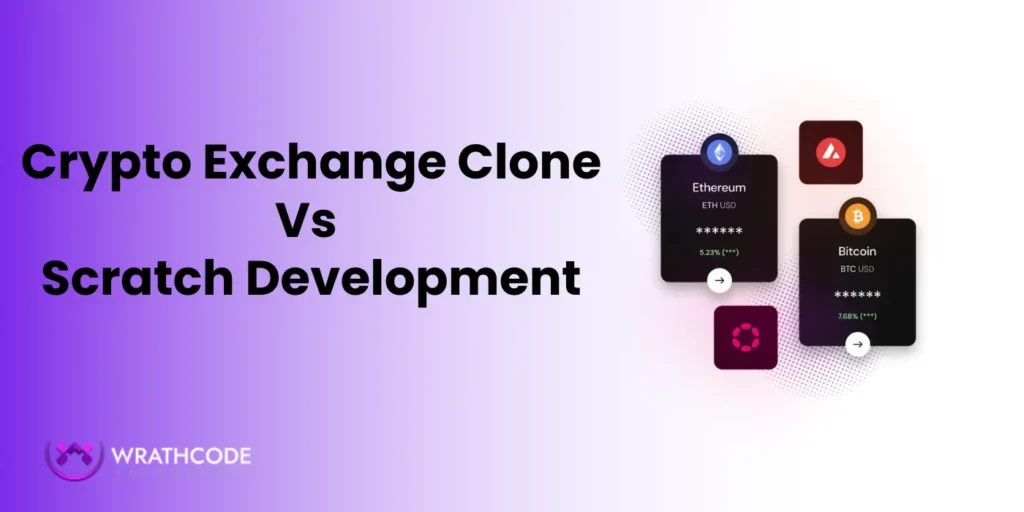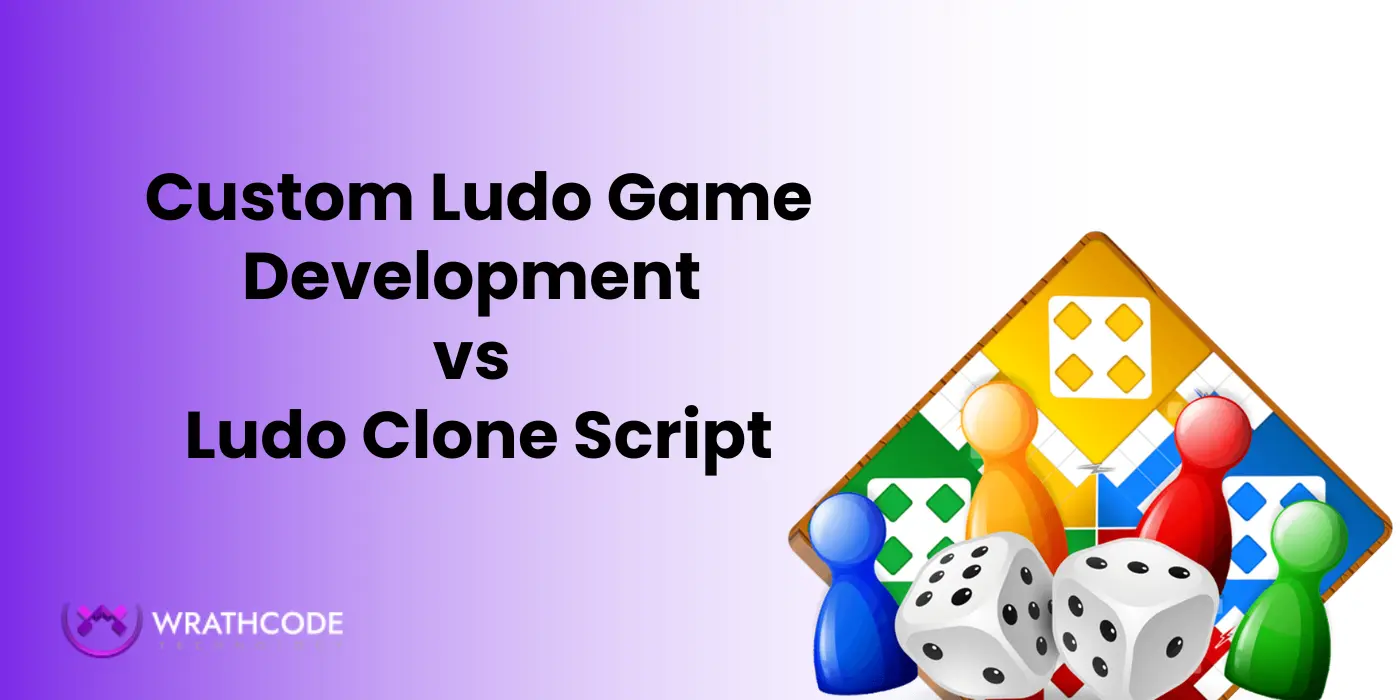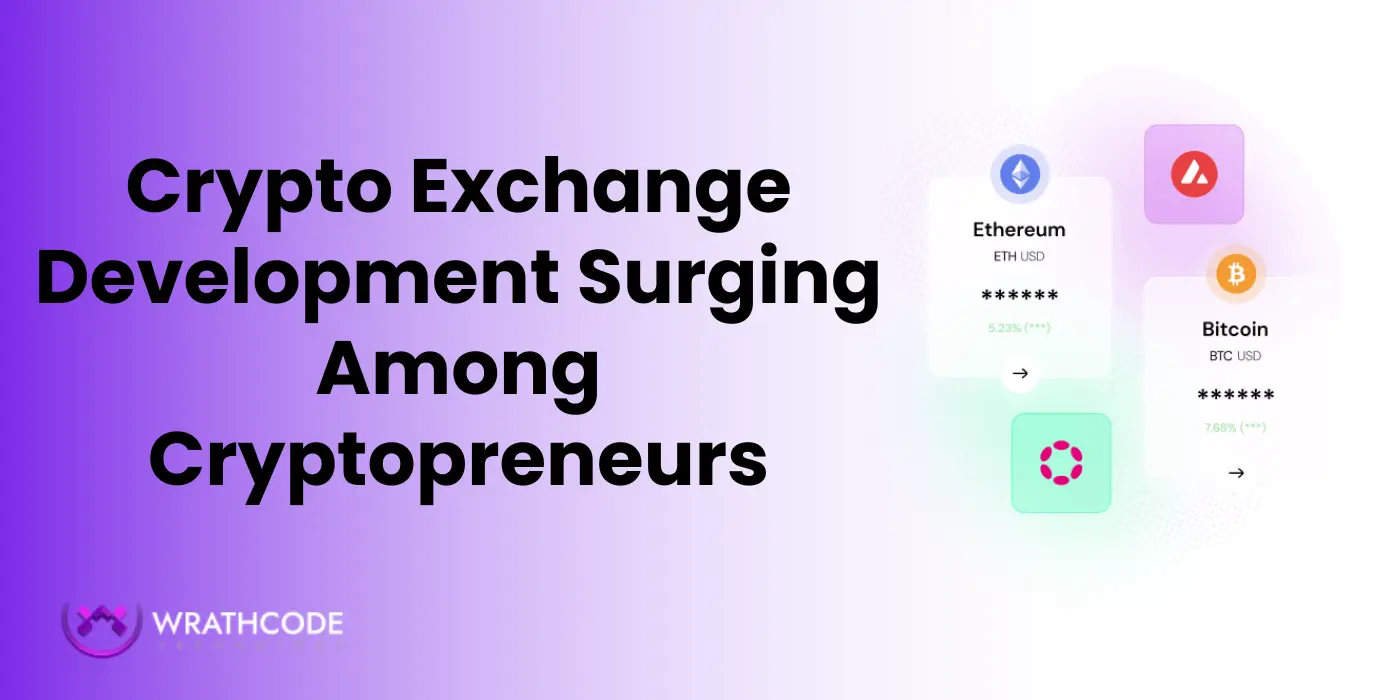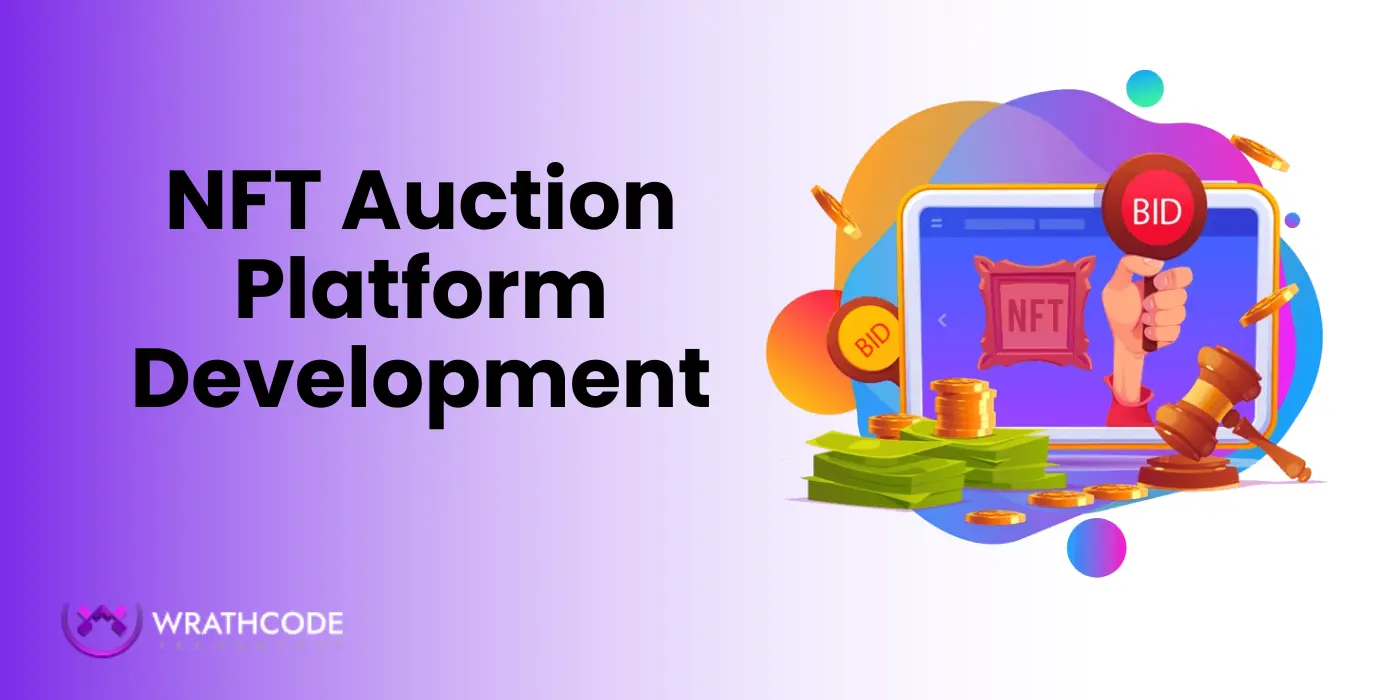
More people are trading crypto every day. This has pushed startups to launch their own crypto exchanges. But here’s the big question — Should you build a crypto exchange using a clone script or start from scratch?
A clone script helps you go live faster and at a lower cost, while scratch development offers complete control and flexibility. With crypto users expected to reach around 1.2 billion globally by 2028, as noted in a recent Statista projection, selecting the right approach can shape your platform’s growth and trust.
Here we’ll explore both options in plain terms so you can choose what fits your business goals best.
What is a Crypto Exchange Clone Script?
A crypto exchange clone script is a ready-made software that copies the main features of popular exchanges like Binance, Coinbase, or Kraken. It includes core functions such as trading, wallet integration, and user management — all pre-built.
Startups often choose clone scripts because they reduce time and cost. Instead of writing every line of code, you get a ready-made crypto exchange that can go live in weeks instead of months.
Clone scripts are usually white label Crypto exchange Development, meaning they can be rebranded with your own logo, colors, and domain name. This gives your exchange a unique look without heavy coding work.
Many new crypto businesses begin this way because it’s a safer start for limited budgets. A report by CoinMarketCap Insights showed that smaller crypto projects using clone-based models entered the market 40–50% faster than those built from scratch.
In short, a clone script is like buying a pre-built house — you can move in quickly and still decorate it to your style.
What is Scratch Development?
Scratch Crypto exchange development means building a crypto exchange fully from zero. Every feature — from the trading engine to the wallet and admin panel — is coded and designed according to your own plan.
This approach gives full freedom. You decide how the platform looks, works, and scales. Many established exchanges prefer this route because they can add custom features that clone scripts can’t offer.
Scratch-built exchanges also allow tighter control over security, which is vital in crypto trading. A report by Chainalysis (2024) noted that custom-coded exchanges had 35% fewer security breaches compared to cloned or reused codebases. That’s because the system is built with unique logic, reducing common exploit risks.
This method takes more time, more testing, and a larger team of skilled developers. While it costs more upfront, it creates a long-term base that can grow and adapt with your business.
In short, scratch development is like constructing a house from the ground up — slower, but made exactly the way you want.
White Label Vs Scratch Exchange Development
Both clone-based and scratch-built crypto exchanges let you enter the trading market, but they serve different needs. Here’s a simple breakdown to compare them side by side.
| Feature | White Label (Clone Script) | Scratch Development |
|---|---|---|
| Launch Time | Quick setup — usually 2 to 4 weeks. | Long process — may take 3 to 6 months or more. |
| Cost | Low to medium. Ideal for startups testing ideas. | High. Best for long-term projects or funded firms. |
| Customization | Limited to visual and basic functional changes. | Full flexibility — design, logic, and workflow are all yours. |
| Security | Depends on script quality. Shared code can pose risk. | Built with custom code, offering stronger protection. |
| Scalability | Good for short-term or small user bases. | Easier to scale as traffic and features grow. |
| Ownership | Based on pre-made structure; code ownership often restricted. | Full ownership — complete rights over source code. |
| Maintenance | Simple updates handled by vendor. | Needs ongoing in-house support or dedicated team. |
Most startups prefer a clone for speed and savings, while enterprises lean toward scratch builds for control and scalability.
As per Grand View Research (2025), the global crypto trading platform market is expected to grow at nearly 15.7% CAGR through 2030. This means both quick-launch and long-term build options will stay in demand — the right pick depends on your timeline and business goals.
Pros and Cons of White Label Vs Scratch Exchange Development
Choosing the right approach depends on your business goals, budget, and timeline. Both clone scripts and scratch development have strengths and weaknesses. Let’s see them clearly.
Clone Script Pros and Cons
Clone scripts are best for startups that want to launch fast and cost-effectively.
| Pros | Cons |
|---|---|
| Fast launch in 2–4 weeks | Limited customization |
| Lower cost for startups | Shared code can pose security risk |
| Pre-built core features | May face scalability issues with high traffic |
| Maintenance often handled by provider | Less unique branding |
Scratch Development Pros and Cons
Scratch development is ideal for businesses that need full control, unique features, and long-term growth.
| Pros | Cons |
|---|---|
| Full control over features and design | Higher upfront cost |
| Stronger security with custom code | Longer development timeline (3–6 months+) |
| Unique branding possible | Requires skilled developers and thorough testing |
| Easier to scale as business grows | More effort for maintenance and updates |
A CoinDesk (2025) report shows 60% of new exchanges use clone scripts to enter the market quickly, while only 25% use scratch development because it requires more time and budget.
Which One Should You Choose?
Choosing between a clone script and scratch development depends on your budget, timeline, and goals.
- If you want a fast launch with less investment: A clone script is the best choice. You can start trading quickly and test your idea in the market. Many small startups follow this path.
- If you want full control and long-term growth: Scratch development is better. It costs more and takes time, but you can build unique features, scale easily, and strengthen security.
Think of it this way: clone scripts are like renting a ready apartment, while scratch development is like building your own house.
Conclusion
Both crypto exchange clone scripts and scratch development have advantages. Clone scripts are best for fast, low-cost launches, while scratch development suits businesses seeking full control and strong security. Your choice depends on budget and goals. With the crypto market expected to reach $71.9 billion by 2029 (GlobeNewswire, 2025), both options are viable. For a quick start, choose a clone script; for a custom, scalable platform, go with scratch development. Wrathcode Technology can help build both solutions efficiently.

Related Blogs –
Why is Crypto Exchange Development Surging Among Cryptopreneurs?




Leave a Reply